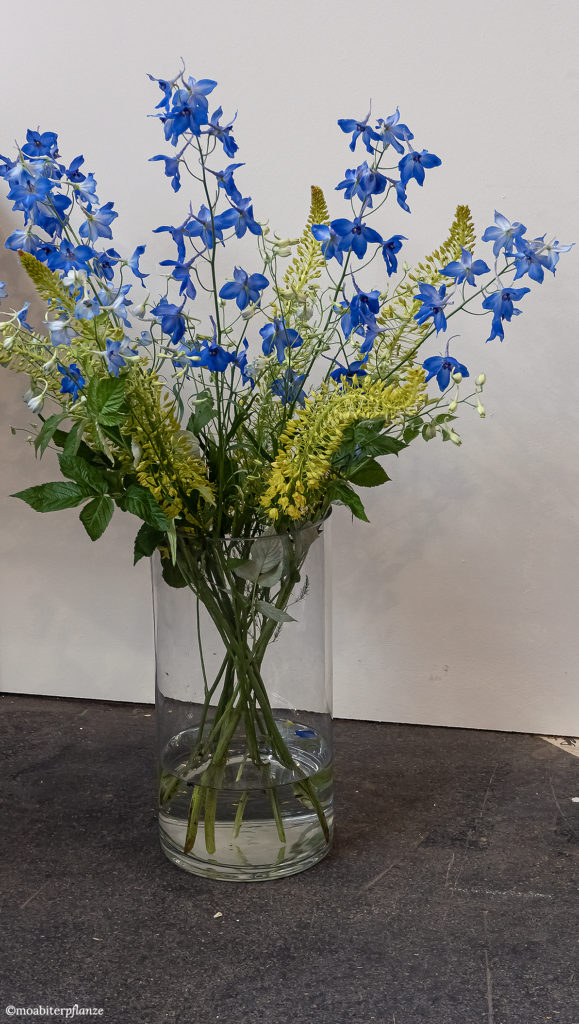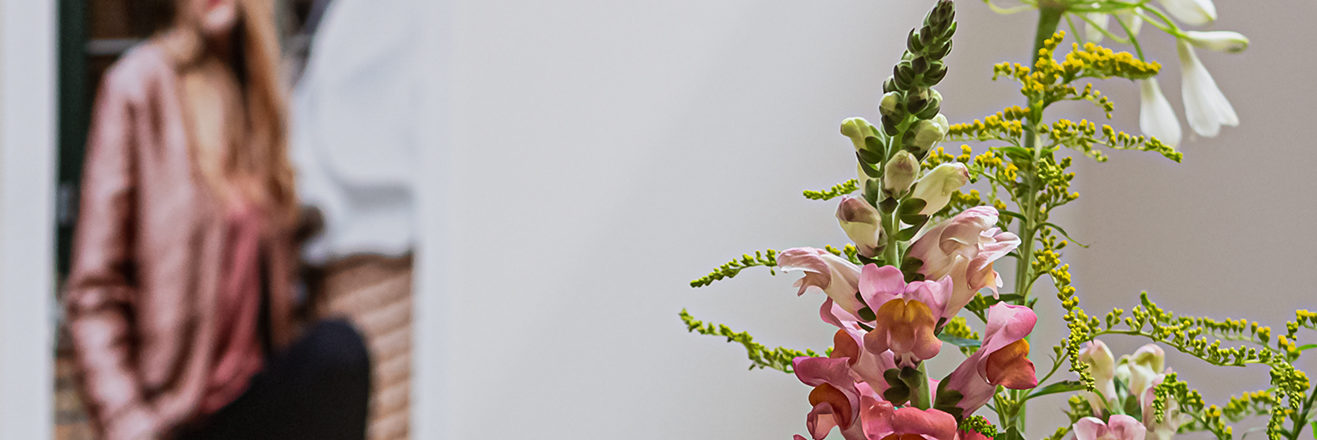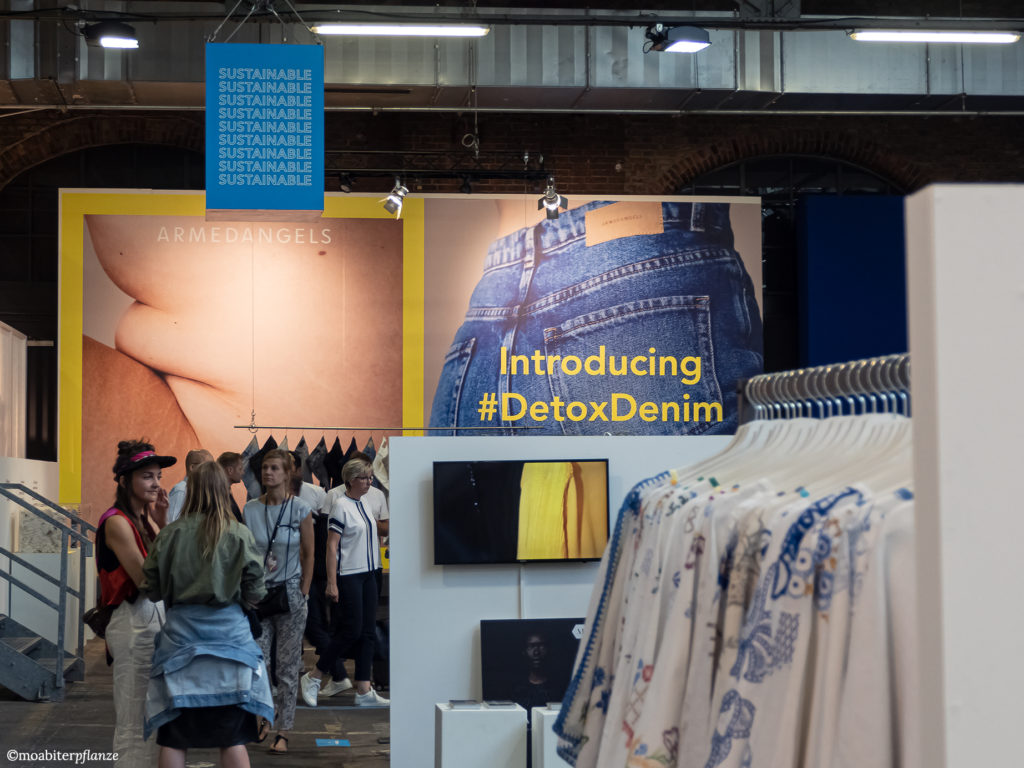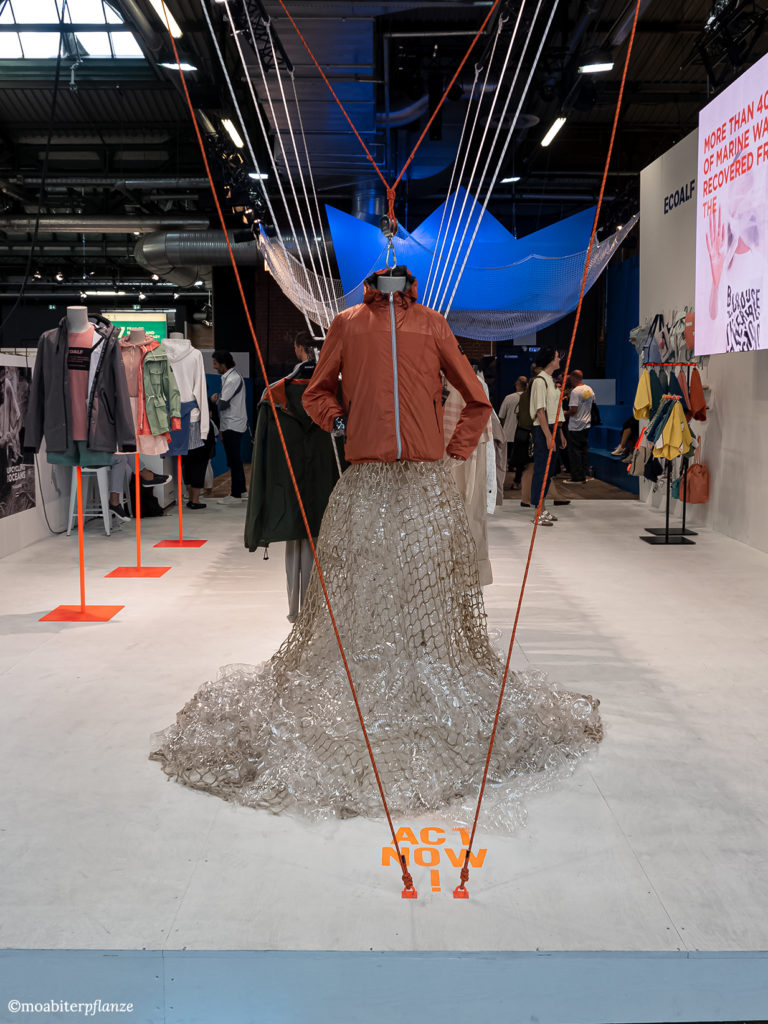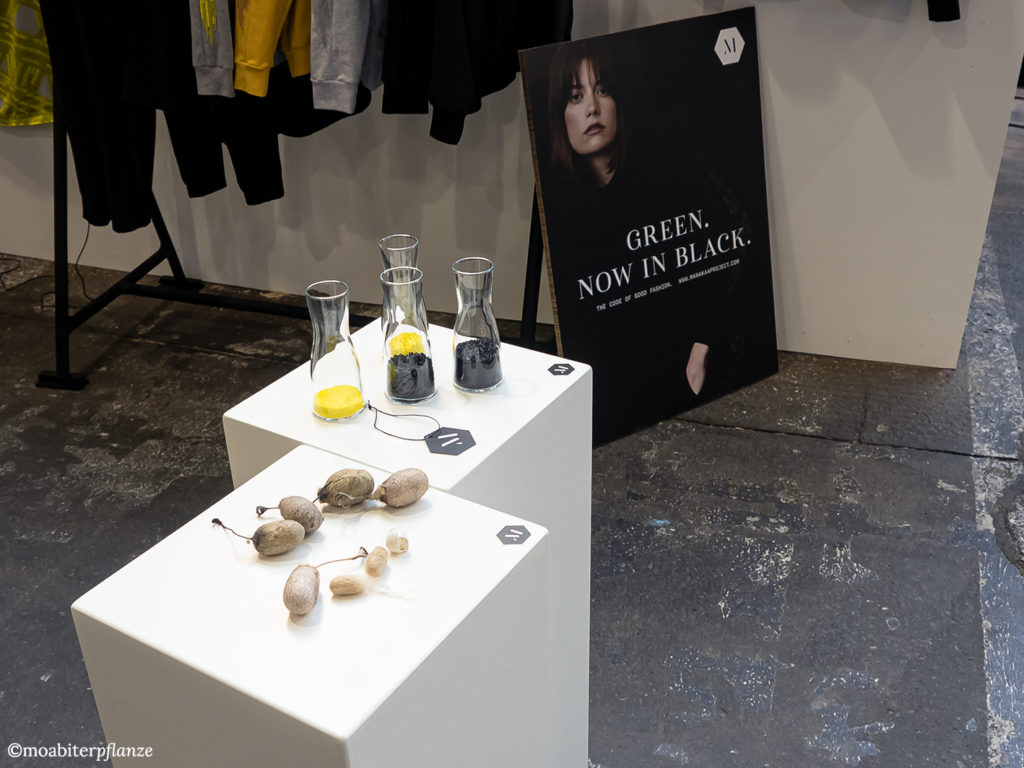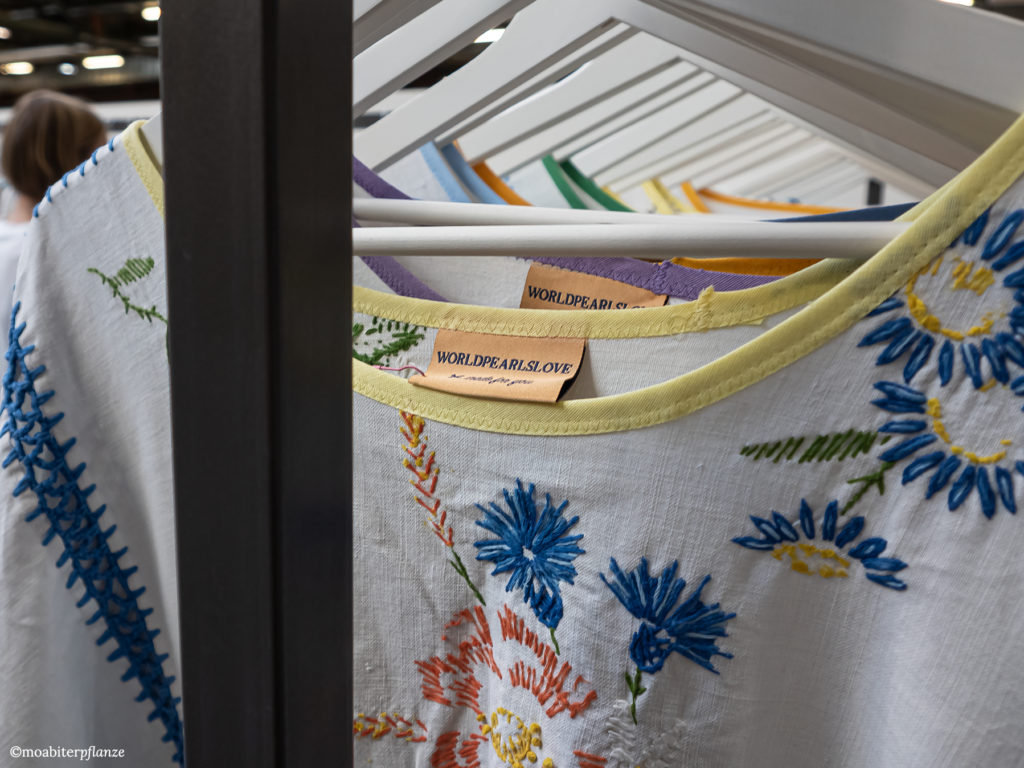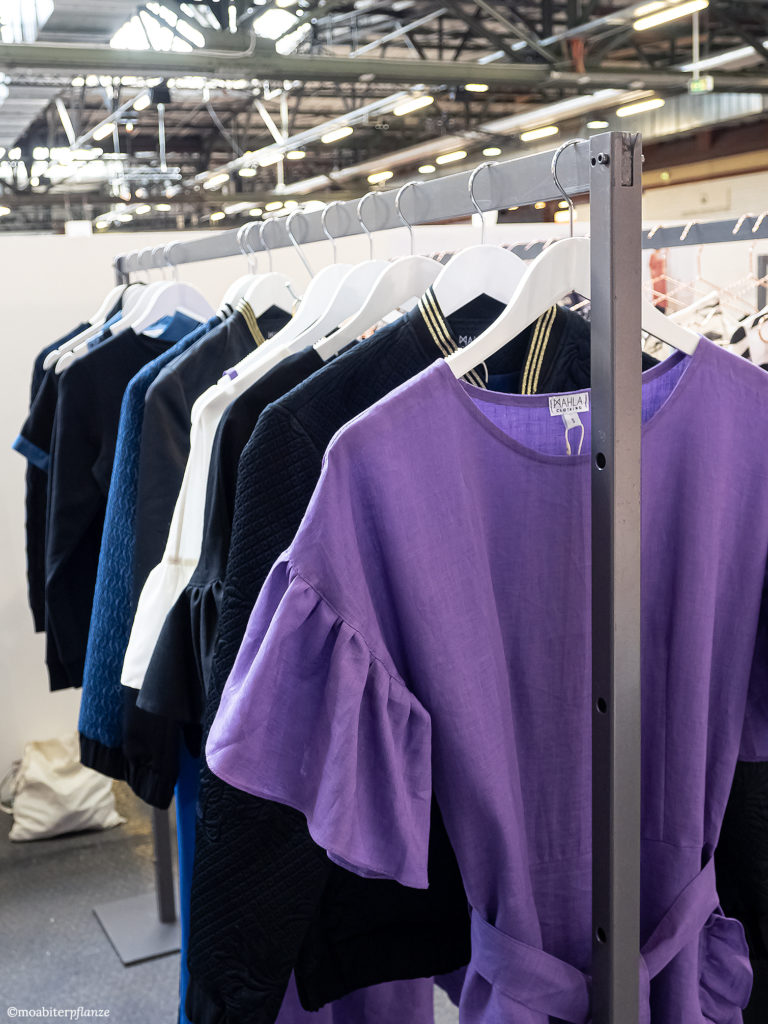Berlin Fashion Week
Green Washing in Berlin?
This text is a personal opinion and due to the uncertain legal situation in Germany I have to mark this article as an advertisement, even if I have not received any money for it.
The topic has been big for some time now and has been more relevant than ever since the Fridays For Future movement: sustainability. But how is the topic found in the industry that pollutes the environment more than all cars? Is there really green laundry in Berlin or is the laundry washed green at Berlin Fashion Week?
Since January 2019 there has been the Neonyt in Berlin, a trade fair that is completely dedicated to sustainability. That is all well and good, but this is only one of six trade fairs.
What about the two largest trade fairs?
The Premium Messe and Panorama in particular promoted sustainable fashion with their departments/halls.
While the premium trade fair is primarily known for its image of high-priced fashion, the panorama trade fair is primarily known for its casual wear. Clothing that you can see everywhere.
The Panorama Fair
The Panorama trade fair has had its own hall for green fashion for years and is generally known among visitors for the good lectures given by the fashion industry (also in the area of sales and marketing). Even German politicians like to visit the fair to give themselves a green coat of paint or a touch of international flair that they are hoping for from the exotic fashion industry.
But since January 2019, the Panorama Fair is not just the Panorama. The Panorama has also been home to the Selvedge Run. A trade fair that was known for its strict selection criteria among the exhibitors and a focus on crafts. In some cases, the brands at the Selvedge Run have far higher sustainability requirements than many “green labels”.
What happened to the Selvedge Run?
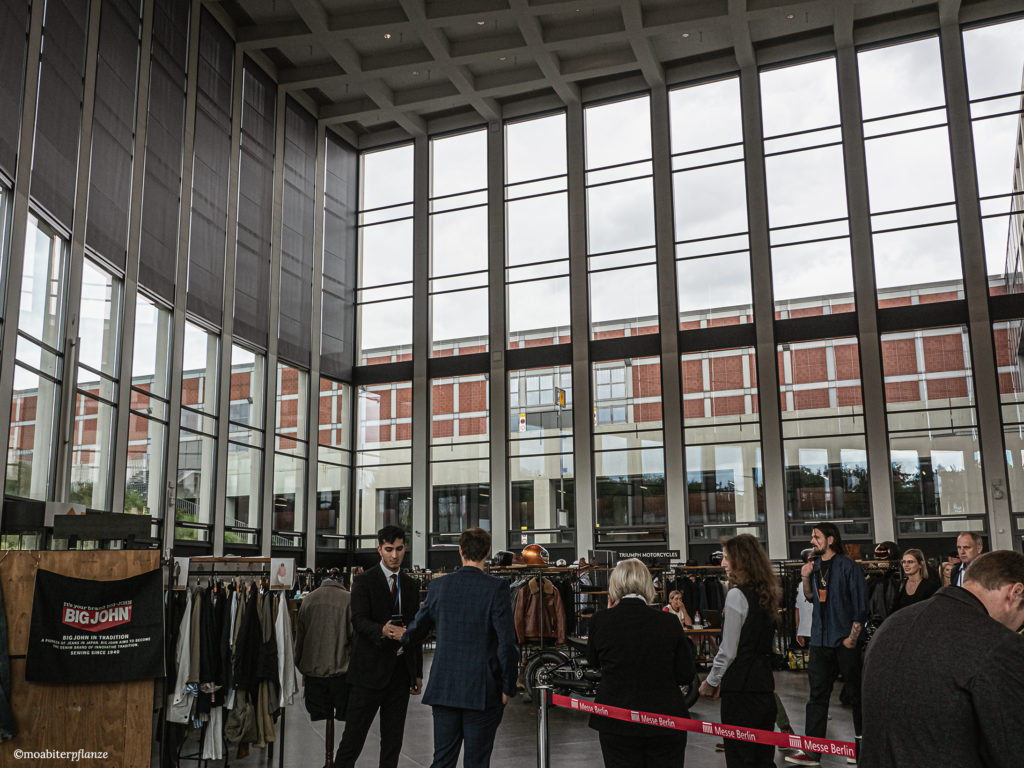
Yes, that is the thought that shoots through the heads of every trade visitor who knew the Selvedge Run before it merged with Panorama.
“We are a petting zoo for visitors,” was heard from some of the exhibitors who were traditionally present at the Selvedge Run. And indeed, when you looked around, you understood what was meant. After the visitors had access to the Panorama, they were able to stroll through the remnants of the Selvedge Run and the buyers, who focus on clothing in the lower/middle price segment, were able to admire jeans of the highest quality and with the highest environmental standards a gross sales price of approx. 250 €… and therefore do not buy them. In fact, like a petting zoo full of cute rabbits, while the kids just want to see the lion. Whether he has a fake polyester mane or not.
So when you see a visionary, like Guido from Blaumann Jeanshosen, standing there with a frustrated smile, you wonder what all the green washing is about. However, this is also rather cynical and rhetorical. Because the question answers itself. The image of a large corporation is washed green by the excellent work of these small companies. Image is everything. This has always been the case, especially in today’s world, when people with dangerous incomplete knowledge use digital access and a lot of motivation to profile themselves freely.
When asked whether the Neonyt would be an alternative for the Selvedge Run labels, the respondents unanimously answered that the Neonyt was not strict enough in terms of production conditions by the standards – even if there are so many brands that are as strict as the selvedge runners – and on the other hand Berlin would become an increasingly unattractive location in general for them.
More about individual brands of the Selvedge Run and the subjective impression about the development of the Fashion Week in Berlin in other articles.
The “green hall”
If you follow moabitpoison on Instagram, you could get your own impression of the hall, which was highly praised by politicians, in a live video. Or half the hall.
In the back of the really big Panorama fair she was hidden, like a family member that you are ashamed of, but that you cannot get rid of.
The hall for green fashion was not even fully used for sustainable labels. The representatives of the brands were crammed between chipboard panels. Linen, organic cotton and cork cried towards you and the thought of photos never came up.
No, instead they were really annoyed at how the proportion of sustainably produced fashion in one of the largest fashion fairs at Berlin Fashion Week can be so small today and then treated with so little… love. If at least the quality of the trade fair concept had somehow balanced the quantity. That the green brands would also have been presented to buyers in such a way that they would ultimately also be offered to consumers and thus have a lasting impact on the market. However, the customer can only find them in the shallows of the Internet or in special shops.
The fact that Panorama can also present fashion well could be seen again and again in all other halls, which didn’t make the matter any better.
Yet…
… despite all the criticism, one has to admit that the Panorama Fair has not only dealt with the topic of sustainable fashion since Greta. But on the contrary.
She has hosted her hall for green fashion for many years and also deals seriously with sustainable fashion in lectures and special labels. One would only wish the Panorama fair would make more of what it already has and promote it more.
Because sustainable fashion is not just vegan fashion. In most cases, even so-called vegan fashion is far more harmful to the environment in the long term than some non-vegan fashion, the production and later impact of which on the environment is simply well thought out. The Panorama Trade Fair dealt with this topic back in January 2015.
But this is a wide field and can be examined in more detail elsewhere. In the meantime, moabiterpflanze recommends the article by Elewisa Young for Ecologist and the article by Phoebe Weston for DailyMail Online.
The Premium
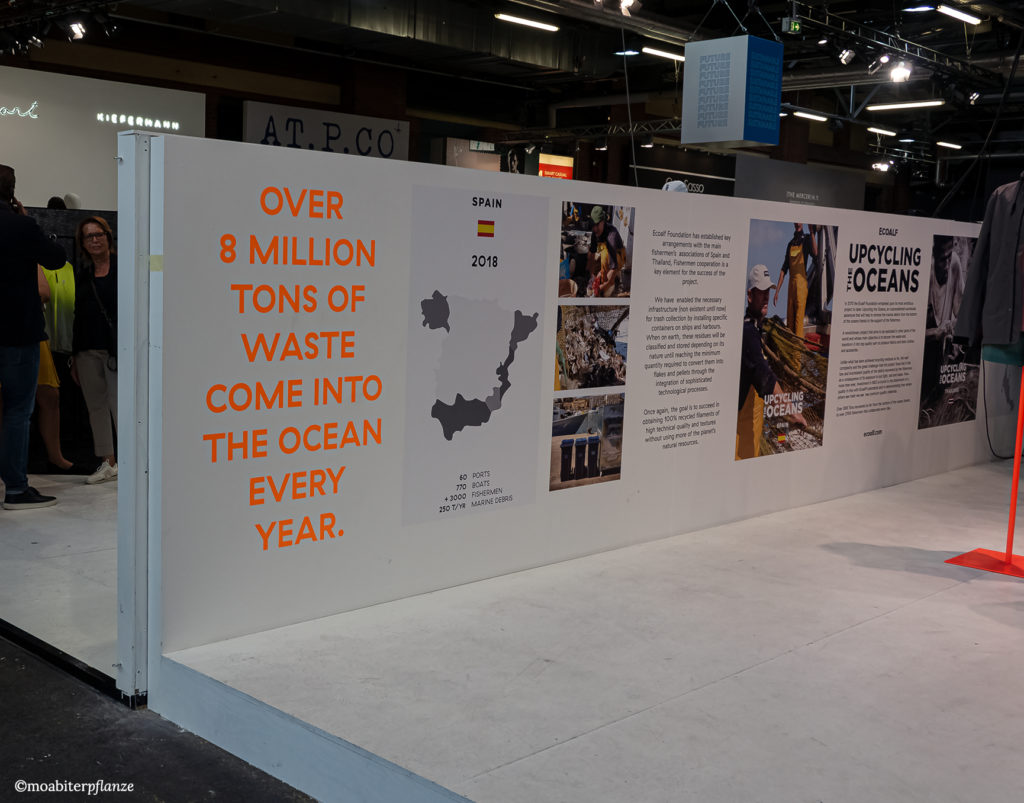
The Premium fair is probably the best known fashion fair of Berlin Fashion Week.
This summer she announced her special area with discussion panel and lectures in the main hall for green fashion.
The future should be in focus.
Big Show
As always on the Premium, it was visually great. With pithy sayings that emphasized the motivation for sustainability, fishing nets and many plastic bottles.
In addition to the top dogs in this industry, such as Armed Angels and Ecoalf, there were also small labels such as Komana, Mahla Clothing, Marina Shain and The Loop Art and agencies such as DS Agency, which focused on the topic of sustainability and fairly paid fashion.
You could tell that this should be the core of this season at Premium.
The marketing was great and the enthusiasm swept you away at first and then… you started to take a closer look at the whole thing.
Similarities and tastes
Like the Panorama, the Premium is a very large trade fair and, like the Panorama, its actual focus is not on sustainable fashion.
As with Panorama, the area for sustainable fashion does not even occupy an entire hall and if you lingered longer with the green labels, the brimborium also got a certain taste here.
Was this premium the only one for a long time in which there was and will be an area for sustainability? Was it a unique marketing highlight?
Audience reached
Despite all the criticism, it was striking that in the case of the Premium, the audience was clearly successful in winning over the topic of sustainability.
Sometimes it was impossible to get through at individual stands, but it was not possible to say exactly how high the sales figures were.
Despite this, the impression remained that, unfortunately, this was a large PR matter with little content.
Nonetheless, parts of the audience stopped here to take a serious look at the topic using information boards and smaller lectures. Here the impression is very different from the Panorama fair.
Maybe the difference is in the different presentation? This is only a guess, but it is still likely.
Outlook, wishes, hope
Not all hope is lost for the Panorama.
It will take place for the first time in January 2020 at Tempelhof Airport and maybe something will change in the direction of green fashion.
Perhaps a little more of the PR portion of the Premium fair and even more lectures on the topic or at least stylish information boards, as you could see at the Premium and Neonyt, would be really good. Everyone believes a lot about knowledge and still only has dangerous incomplete knowledge.
After all that is known from the next Premium fair, there will probably be no department for sustainable fashion. It is unfortunate, but it is like this.
At least the Neonyt remains, but it is still not good.
The feeling of green laundry – of green washing – remains.
The topic is too important to be misused for marketing purposes only.
But hope remains. Because if there is a continuity in fashion, it is the change.
